Description
This tutorial aims to introduce hydroponics culture and build a system for individuals. This technology was documented during the visit to Singapore of the "Nomadic Seas" expedition. We met the Comcrop company that grows aromatic plants (basil, mint...) on an area that is usually unused and worthless: the roofs of buildings!
Introduction
Hydroponics is the cultivation of plants and vegetation above ground and in water. The roots are immersed in a neutral and inert substrate (such as clay balls, sand...) which serves as a support. They directly capture the nutrients necessary for their growth in water enriched with a nutrient solution. Unlike conventional hydroponics, biopony (hydroponics+organic) allows fruits and vegetables to be grown organically without the use of synthetic chemical fertilizers. These are replaced by organic fertilizers such as manure, earthworm, tea and urine from oxygenated compost.
Translated with www.DeepL.com/Translator
In biopony, the nutrient solution is not sterile and bacteria, micro-organisms and fungi can develop. These active micro-organisms will make it possible to transform certain substances such as ammonia into nitrate, one of the nutrients essential for plant growth. In our case we use an organic solution by mixing water with human urine (1% urine in relation to the volume of water).
"Hydroponics has many advantages in certain contexts:
- In arid regions where fertile land and water are scarce. Hydroponics can save 7 to 10 times the volume of water needed for irrigation compared to conventional agriculture. It also helps to avoid water stress.
- In cities and urban areas where there is little space available for earth cultivation. It is particularly suitable for cultivation in restricted spaces (roofs of buildings, apartments, abandoned factories, etc.). As it can be developed vertically, hydroponics also makes it possible to obtain a production per square meter much higher than land agriculture. It can also allow a return to culture among urban residents, who are often disconnected from nature.
- In case of soil pollution.
- Allows better control of invasive insects.
Translated with www.DeepL.com/Translator
"But hydroponics can also have disadvantages:
- Can be expensive and uneconomical if installed in greenhouses with artificial lighting and heating.
- In a non-organic hydroponic system, the nutrient solution must be renewed regularly. Water rich in minerals and oligo-elements is then rejected and can affect the ecosystem. In this tutorial, we present a method to avoid chemical inputs.
- The environment being humid and hot, bacteria or diseases can spread very quickly. Hydroponics requires particular and daily attention to the health of plants.
Matériaux
1. Crop gutters
- Cleats (minimum width 10cm)
- Plastic sheeting
- Staples
- Clay beads
Prefer the small clay balls, they are heavier and will allow a better maintenance of the roots
Outils
- Brackets
- Wood screws
- Young shoots and cuttings
2. Irrigation system
- 1 Submersible pump (aquarium pump)
- 5 m of thin plastic pipe (pump outlet)
- 1 End cap with 4 outlets for fine pipe
- 50 cm of wide plastic tube (Link between the filter and the bio-filter)
- 1 Wide pipe end cap (to be fixed on the filter tank)
- 1 Blower
3. Filter and bio-filter
- 2 plastic bins of 60L
- Large gravel
- Sand
- 10L Clay beads
- 40L of water
In order to ensure homogeneity of the water in terms of nutrients and temperature, we recommend using about 40L of water per square metre of cultivation. }} 4. Control system
- Socket outlet with programmable timer or Arduino
|Tools=* Drill/driver or screwdriver
- Saw
- Stapler
- Hole saw
- Cutter or scissors
}}
Étape 1 - Manufacture of culture gutters
The system used measures 2m long by 50cm wide. The skeleton is made up of 4 cleats / bamboos fixed in parallel at a distance of 15 cm thanks to wooden cleats. It is covered with an agricultural cover (width 1m) so as to form 3 gutters about 10cm deep. These gutters are filled with clay balls. An aquarium pump immersed in the biofilter tank propels the nutrient solution from the top side of these gutters (inclination of about 10 degrees) so that it flows through the clay balls until it returns to the storage tank (biofilter). The table is about 1.2m high (ergonomic for taking care of plants). A shade screen is attached like a skirt on the sides to protect the biofilters, nutrient solution storage tank and mushroom farm from the sun.
- Manufacturing of the support
- In this model we explain the process for 3 gutters but it is of course possible to duplicate it at will !
- Cut 4 strips of the same length (190 cm for us)
- Attach them parallel to a support using brackets and screws at regular intervals (15 cm)
- Staple the tarpaulin on the side of the first strip and then extend it to cover the next three (Possibility to double the tarpaulin for more resistance)
- Form gutters with the tarpaulin until it touches the support
- Staple the tarpaulin on each strip and cut it out.
- Water recovery
2. Water recovery
The water system operates in a closed circuit. The water is pumped into the biofilter that serves as a reservoir, exits at one end of the gutter and is recollected at the other end before passing through a filter and returning to the initial reservoir.
Afin de récupérer l'eau, on perce très finement la bâche (pour éviter que les billes d'argiles ne s'échappent) à l'extrémité opposée de l'arrivée d'eau. En dessous de cette extrémité, on agrafe une autre bâche de manière à former une poche pour collecter et canaliser l'eau avant qu'elle se déverse dans le filtre.
Étape 2 - Filtre et Biofiltre
Une fois passée par les plantes, l'eau se déverse dans deux bacs distincts: le filtre et le biofiltre.
- Le filtre a pour but de bloquer toutes les particules grossières qui pourraient boucher les pompes (résidus de racines, de feuilles, érosion des billes d'argiles...). Le filtre compte trois étages de filtrations, du plus fin au plus grossier.
- Le biofiltre constitue le réservoir d'eau, auquel on ajoute environ un quart du volume en billes d'argiles. Celles-ci servent de milieu de culture aux bactéries qui vont permettre la transformation des intrants naturels (urine, jus de compost..) en nutriments assimilables par les plantes. En particulier, la transformation de l'ammoniac en nitrite puis en nitrate, essentiel pour le développement foliaire (développement des feuilles). Les bactéries se développent naturellement au bout de 6 semaines ou peuvent être achetées en culture sur des sites spécialisés en hydroponie.
Pour leur bon développement, les bactéries ont besoin:
- d'humidité, apportée par l'eau
- d'ombre
- d’oxygène, installer un bulleur afin de remuer régulièrement l'eau du biofiltre.
- de nourriture, les intrants naturels
Pour notre part, nous utilisons uniquement de l'urine humaine comme intrant (Voir plus bas pour les dosages) !
- Filtre
- En bas du premier bac, percer un trou avec la scie cloche du diamètre de votre tuyau de sortie vers le deuxième bac.
- Installer l'embout et le tuyau sur le bac
- Étaler une couche de gravier assez gros au fond (1/4 du volume du filtre)
- Ajouter une couche de billes d'argile de la même épaisseur
- Ajouter une couche de sable un peu plus fine au dessus
- Installer le filtre sous la poche d'eau en sortie de la gouttière, et le surélever par rapport au biofiltre pour permettre à l'eau de s'écouler par gravité.
2. Biofiltre
- Remplir le second bac d'eau (40L) et ajouter environ un quart du volume d'eau en billes d'argiles (10L)
Étape 3 - Système d'irrigation et bulleur
Après avoir été filtrée, oxygénée et rechargée en nutriments, l'eau est prête à être réinjectée dans le système. Pour cela, on utilise une petite pompe submersible. La puissance de la pompe dépend de la taille de votre système.
- Mesurer une longueur de tuyau en plastique (d'un diamètre adapté à votre pompe) allant du biofiltre à l'extrémité des gouttières.
- Connecter une extrémité à la pompe et l'autre, à un embout à 4 sorties (à adapter en fonction du nombre de gouttières), placé à l’extrémité des gouttières
- Fixer cet embout au niveau de la gouttière centrale.
- Connecter des tuyaux aux sorties de l'embout afin d'irriguer toutes les gouttières.
- Plonger la pompe dans le biofiltre
- Plonger le bulleur dans le biofiltre
Étape 4 - Système de commande
Afin de gagner en autonomie, il est possible d'installer un système de minuterie grâce à une prise électrique programmable ou un arduino permettant de programmer les mises en route de la pompe et du bulleur.
- En effet, pour un meilleur développement des plantes, il est conseillé de procéder à un arrosage régulier alterné avec des temps de pauses sèches. Ce stress hydrique permettra un renforcement des racines.
Pour cela, nous conseillons un allumage de la pompe pendant 30 min toutes les 2h, durant la journée. Pas d'arrosage la nuit.
- Le biofiltre a besoin d'être aéré régulièrement pour une bonne croissance et la survie des bactéries.
Nous conseillons un allumage du bulleur 1 minute toutes les 5 minutes, 24h/24.
Système de commande Arduino:
Étape 5 - Choix des cultures et récolte
Toutes les cultures ne sont pas adaptées à l'hydroponie. Il est plus simple, notamment sans engrais chimiques, de préférer les légumes feuilles (salade, choux, épinards, patates douces...) et les aromates (menthe, basilic, coriandre).
"Planter" les dans les billes d'argiles en veillant à bien immerger les racines.
Il faut toujours intégrer les plantes après les avoir semées ou bouturées afin qu'elles aient développé un système racinaire assez long et résistant.
Quelques conseils:
- Préférer la lumière directe si possible mais ne pas hésiter à ajouter de l'ombrage en cas de grosses chaleurs
- Bien aérer le système et contrôler la température. Ne pas hésiter à ajouter un petit ventilateur en cas de grosses chaleurs.
- Vérifier régulièrement que les racines soient sous les billes d'argiles.
- Vérifier régulièrement la couleur des feuilles: si celles-ci jaunissent, cela peut être dû à un arrosage excessif, un manque de nutriments, un mauvais pH ou un trop fort ensoleillement.
- Effectuer le repiquage des pousses plutôt en fin de journée.
- Effectuer le repiquage des pousses quand elles ont au moins 5 feuilles. Il faut ensuite arroser.
- Les boutures : pour la menthe et les patates douces, par exemple, couper une ou plusieurs branches. Enlever les feuilles sur environ les 2/3 de la branche. Enfouir cette partie dégagée sous les billes d'argiles. Il faut ensuite arroser.
- Effectuer la récolte plutôt en matinée, peu de temps après le lever du soleil. Choisir les feuilles les plus anciennes, les plus abîmées ou les feuilles qui se développent en parallèle de pousses auxiliaires.
Published
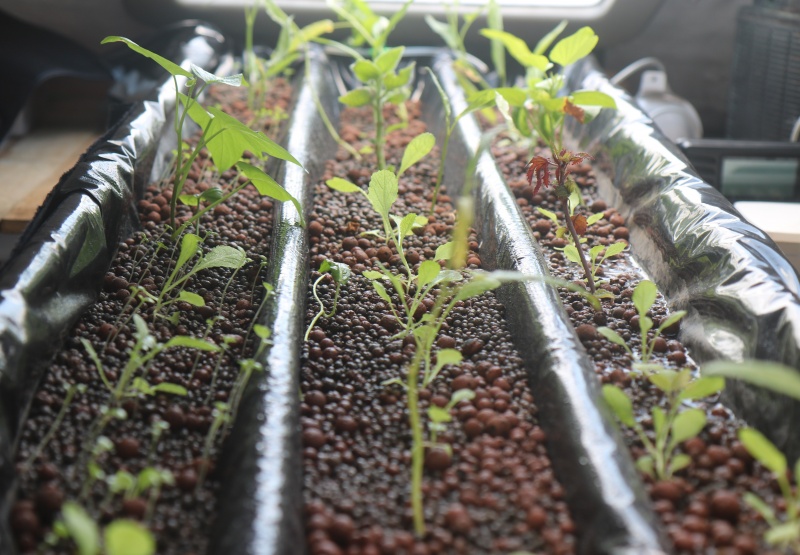
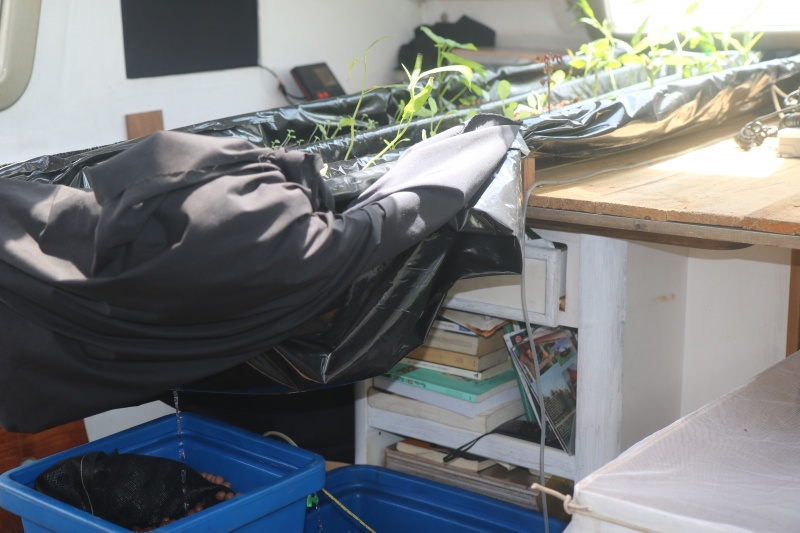
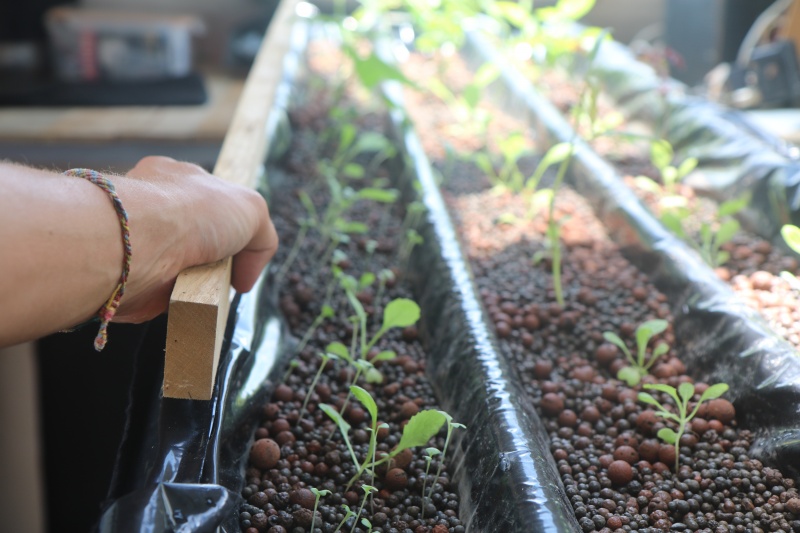
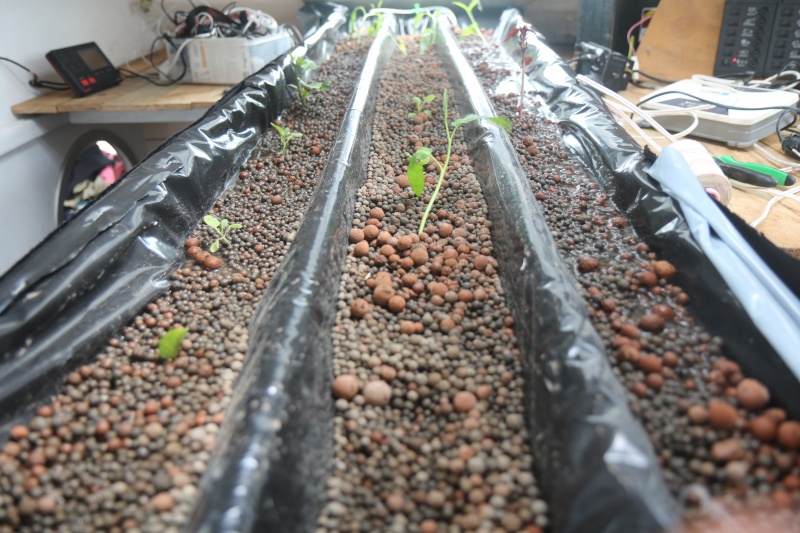
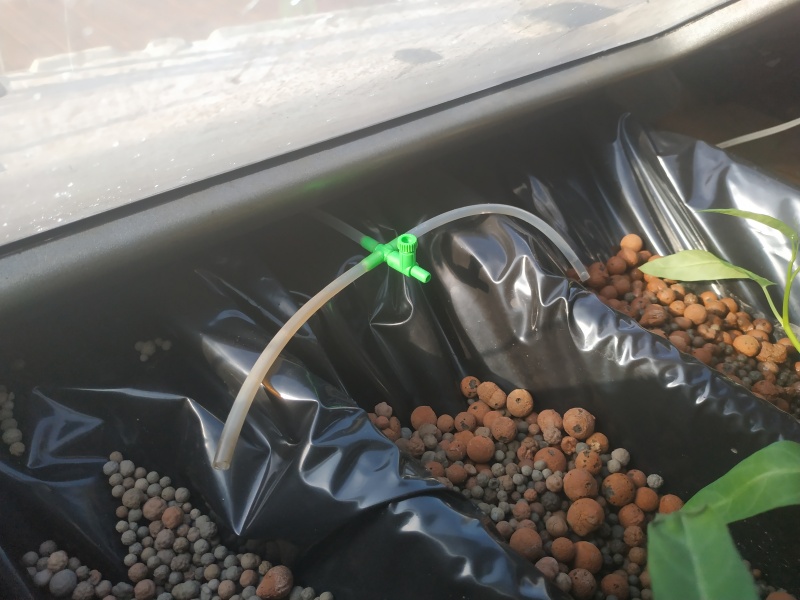
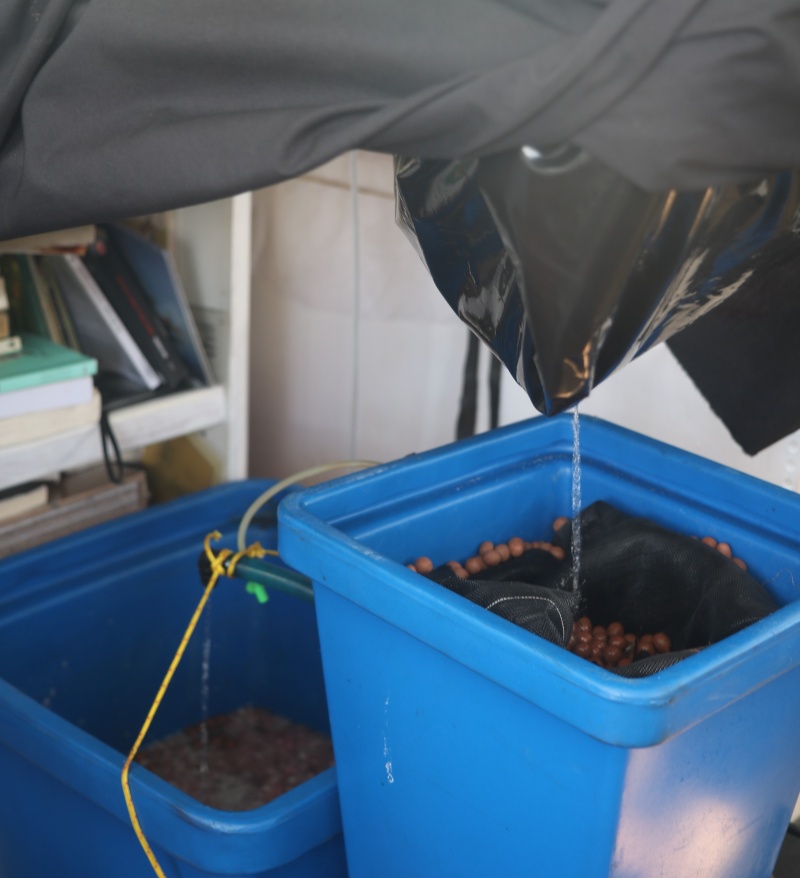
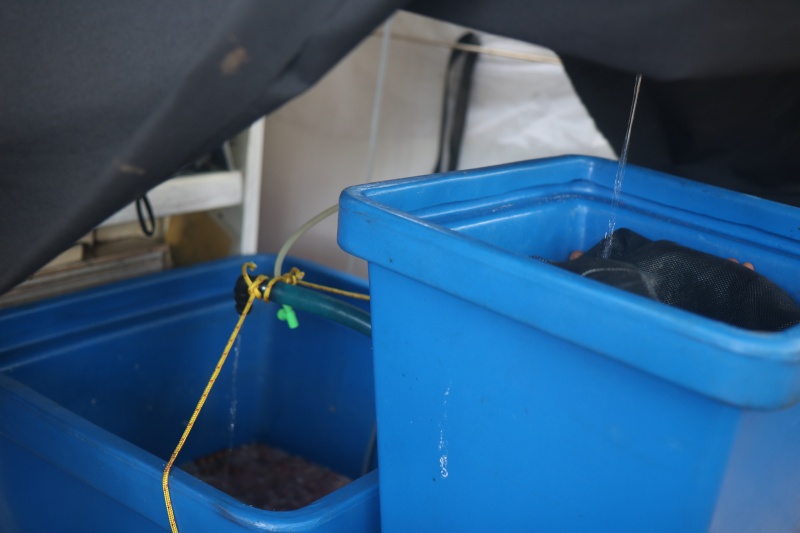
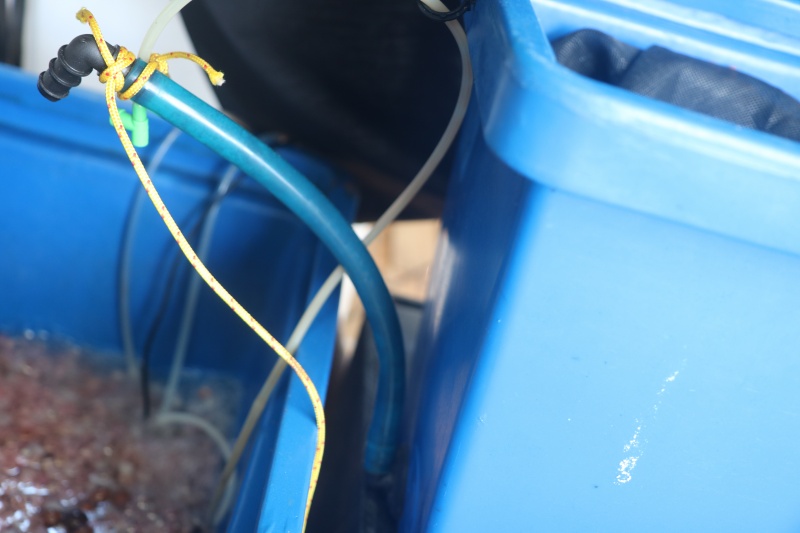
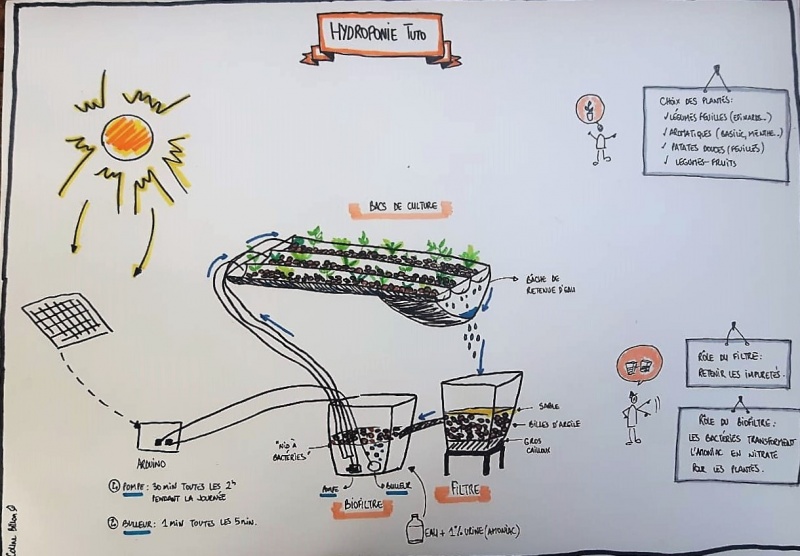
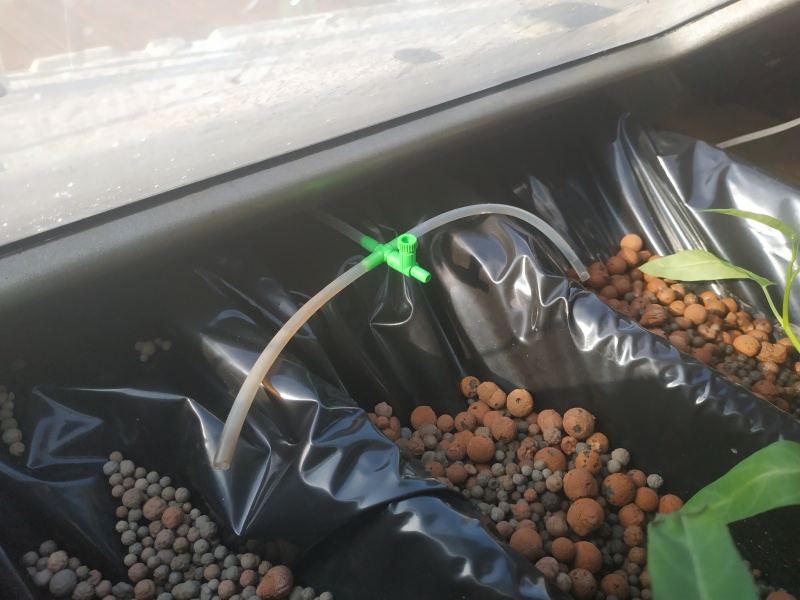
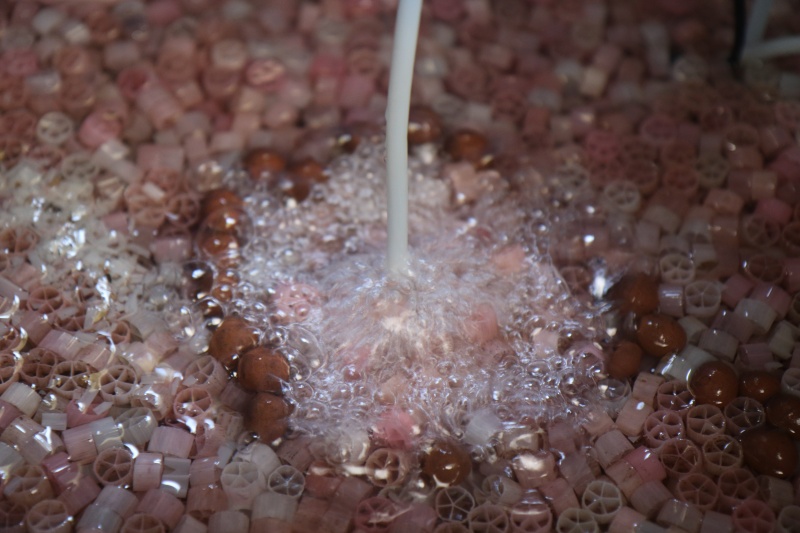
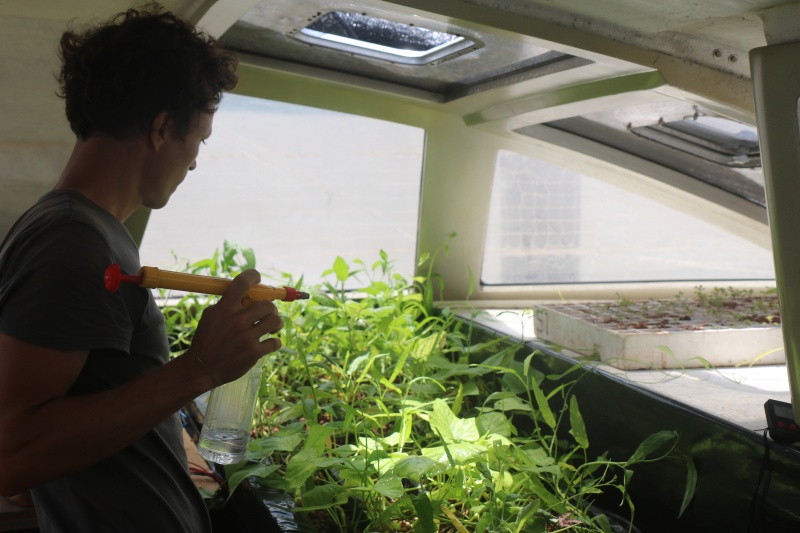
 Français
Français English
English Deutsch
Deutsch Español
Español Italiano
Italiano Português
Português